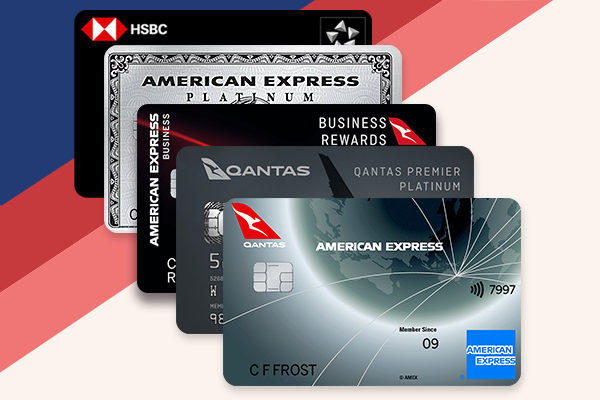Anna
Established Member
- Joined
- Jan 17, 2005
- Posts
- 3,345
Qantas announces its new flights (eg recently Shanghai, San Francisco) but does anyone know how to find out what flights have been deleted in order to allow for the new flights? (other than comparing the timetables line by line, that is). I don't remember seeing Qantas announcing what flights have been deleted.
















